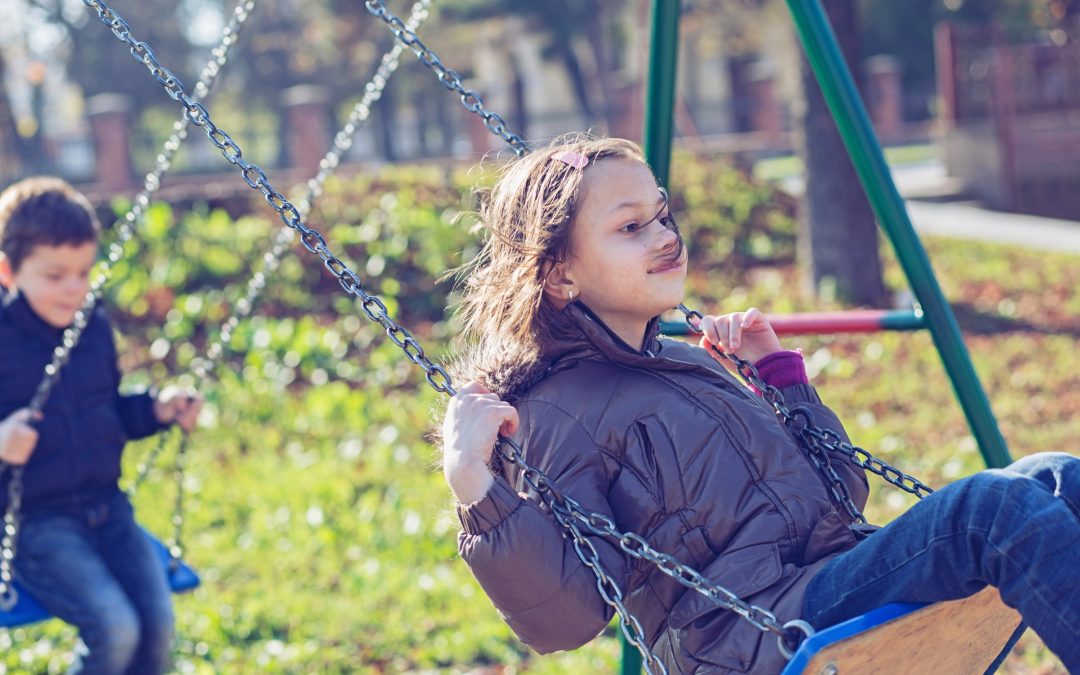Sibling contact is one of the issues the Scottish Government is seeking views on as it reviews the Children (Scotland) Act 1995 and shapes its family justice modernisation strategy.
This is a great opportunity to speak up for changing the law and guidance to help brothers and sisters keep in contact when there is family disruption or children are looked after outside the family home, whether that’s with kinship or foster carers, in residential care or with adoptive parents. The deadline for responding to the consultation is 7 August 2018.
The consultation covers lots of issues, but three main questions relate to protecting sibling relationships:
1. Helping children continue relationships with family members
2. Clarifying the law on who can seek contact orders
3. Helping children looked after away from home stay in touch
Child-friendly questions
Importantly, there are a separate set of child-friendly questions which aim to encourage more children and young people to give their views. You can view these here.
Child Contact Centres
The consultation is also looking for views on regulating child contact centres (question 6), which include centres where siblings can go to spend time together. You can read the consultation document here.
Please consider giving your views to send a clear message to government that legislation, policy and practice must stand up for siblings!
For further information, potential changes to the law in Scotland are discussed in a paper on Prioritising Sibling Relationships for Looked After Children by Fiona Jones of Clan Childlaw and Dr Christine Jones of the University of Strathclyde from February 2018.
